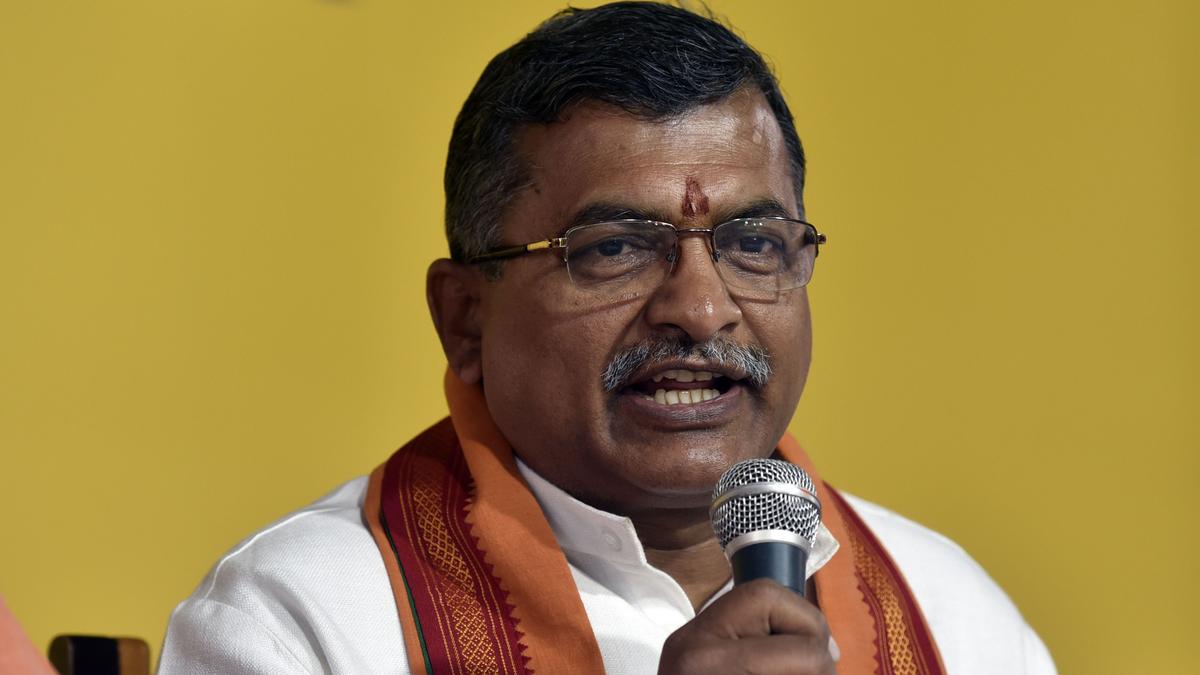 |
|
The recent statements made by Mohan Bhagwat, chief of the Rashtriya Swayamsevak Sangh (RSS), regarding temple-mosque disputes have sparked considerable debate and interpretation. His concern over the resurgence of such conflicts, coupled with his caution against using religious issues for political gain, has been met with varying responses. Milind Parande, organising general secretary of the Vishva Hindu Parishad (VHP), offered a clarification on Bhagwat's remarks, suggesting that the current tensions are a direct consequence of unresolved historical issues surrounding the temples in Mathura and Kashi. Parande argued that had these temples been returned to Hindu control, similar to the Ayodhya Ram Janmabhoomi temple, many of the present disputes would be avoided. This perspective highlights a complex interplay between historical grievances, religious sentiments, and political maneuvering within the Indian context.
Parande's interpretation emphasizes the historical context of Bhagwat's statements, referencing remarks made as far back as 1984. He contends that Bhagwat's earlier pronouncements predicted the cessation of these disputes upon the resolution of the Ayodhya, Mathura, and Kashi temple issues. The fact that these issues remain unresolved, almost four decades later, according to Parande, directly contributes to the prevailing resentment and tension. This framing presents a narrative where the current conflicts are not simply isolated incidents, but rather the culmination of long-standing grievances rooted in perceived historical injustices. It frames the ongoing disputes as a consequence of unaddressed issues rather than a product of recent events or inflammatory rhetoric.
The RSS's English mouthpiece, The Organiser, however, offered a contrasting perspective. In an editorial responding to Bhagwat’s call for avoiding the exacerbation of temple-mosque disputes, The Organiser highlighted the importance of understanding the historical context of these disputed sites for what it terms 'civilizational justice.' This editorial, which featured a cover story on the Shahi Jama Masjid dispute in Sambhal, where recent riots resulted in casualties, explicitly states the belief that a temple existed at the site prior to the mosque's construction. The article in The Organiser directly challenges the notion that ignoring the historical context, labeled as 'shoddy secularism' by the publication, will prevent religious radicalism and separatism, advocating for a complete understanding and redress of past grievances. This contrasting viewpoint within the RSS family itself reflects the diversity of opinion within the organization and the complexities inherent in resolving such sensitive issues.
Bhagwat's original statement, delivered during a lecture on 'Vishwaguru Bharat' in Pune, emphasized the importance of India maintaining its historically accommodating nature in its pursuit of global leadership. He cautioned against actions that disrespect the deities of other religions, stressing that extremism and the use of force are antithetical to Indian culture. He explicitly stated that using the resolution of the Ram temple issue to achieve political goals is unacceptable. This suggests a strategic attempt by the RSS leadership to mitigate potential negative impacts of escalating religious tensions on India’s image on the world stage and overall social cohesion. The internal tension within the RSS, highlighted by the contrasting views expressed by the organization's chief and its English mouthpiece, indicates a significant internal debate regarding strategy and messaging on a highly sensitive topic.
The situation highlights the profound challenges India faces in balancing its diverse religious and cultural landscape. The ongoing controversies surrounding temple-mosque disputes represent a complex interplay of historical grievances, religious sentiments, political opportunism, and differing interpretations of secularism and justice. The contrasting statements from various leaders within the Hindu nationalist movement reflect the internal debates and diverse perspectives regarding the best approach to addressing these long-standing conflicts. A deeper understanding of the historical context, coupled with efforts to promote dialogue and reconciliation, remains crucial in navigating these sensitive issues and fostering social harmony in India.
The debate transcends mere religious or historical interpretation; it's fundamentally about political power and influence. Each side uses history and religious sentiment as leverage to gain a strategic advantage. Examining the motivations behind the various statements and actions becomes vital to comprehending the underlying dynamics at play. Furthermore, the media's role in shaping public opinion and potentially escalating tensions cannot be overlooked. The need for responsible reporting, free from sensationalism and biased narratives, is paramount in fostering constructive dialogue and peaceful resolution of the conflicts.
The future trajectory of these disputes remains uncertain. The government’s response, along with the actions and statements of political leaders from across the spectrum, will significantly shape the course of events. The involvement of civil society organizations and religious leaders in facilitating dialogue and reconciliation could play a pivotal role in mitigating tensions. It is of critical importance that all parties involved exercise restraint and prioritize constructive engagement over inflammatory rhetoric. The path towards peaceful coexistence requires addressing the historical grievances respectfully while upholding the principles of secularism and justice for all citizens of India.
